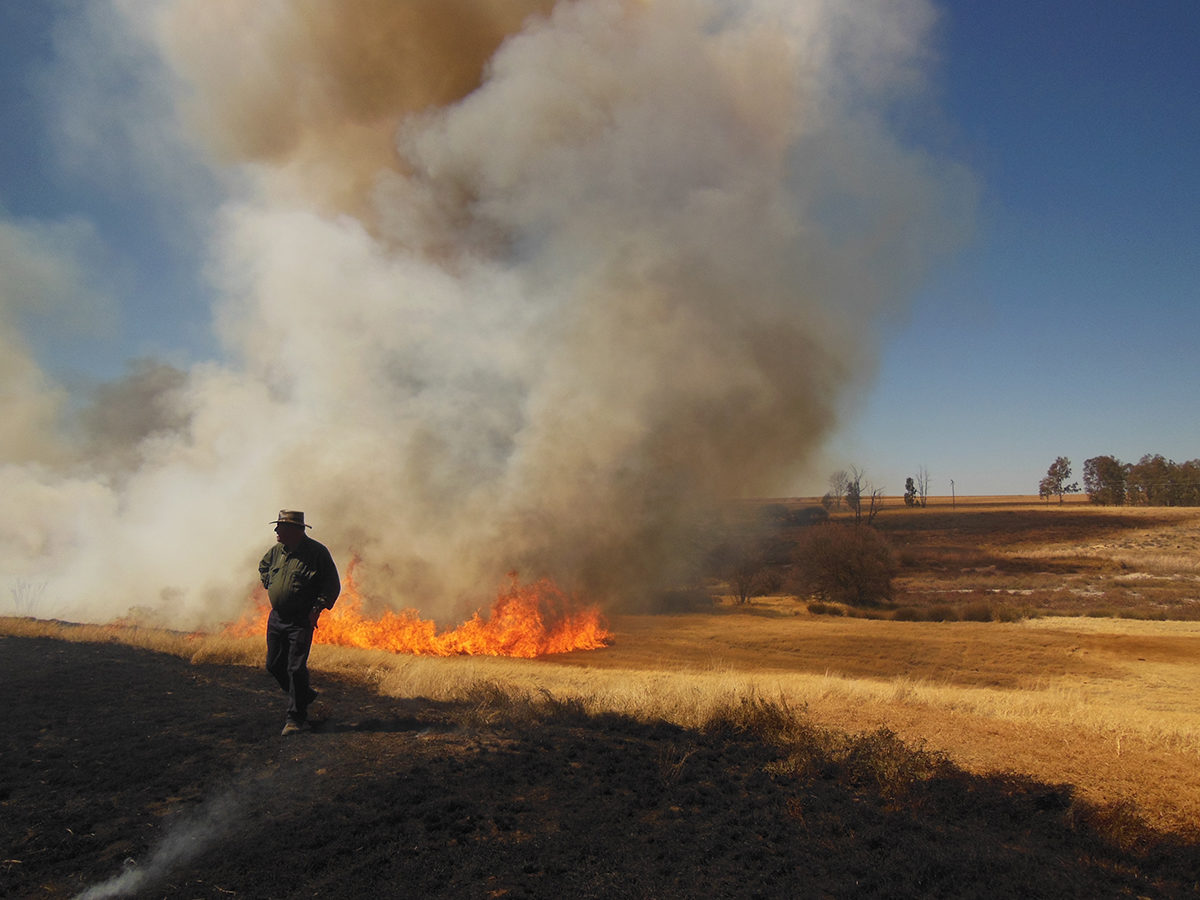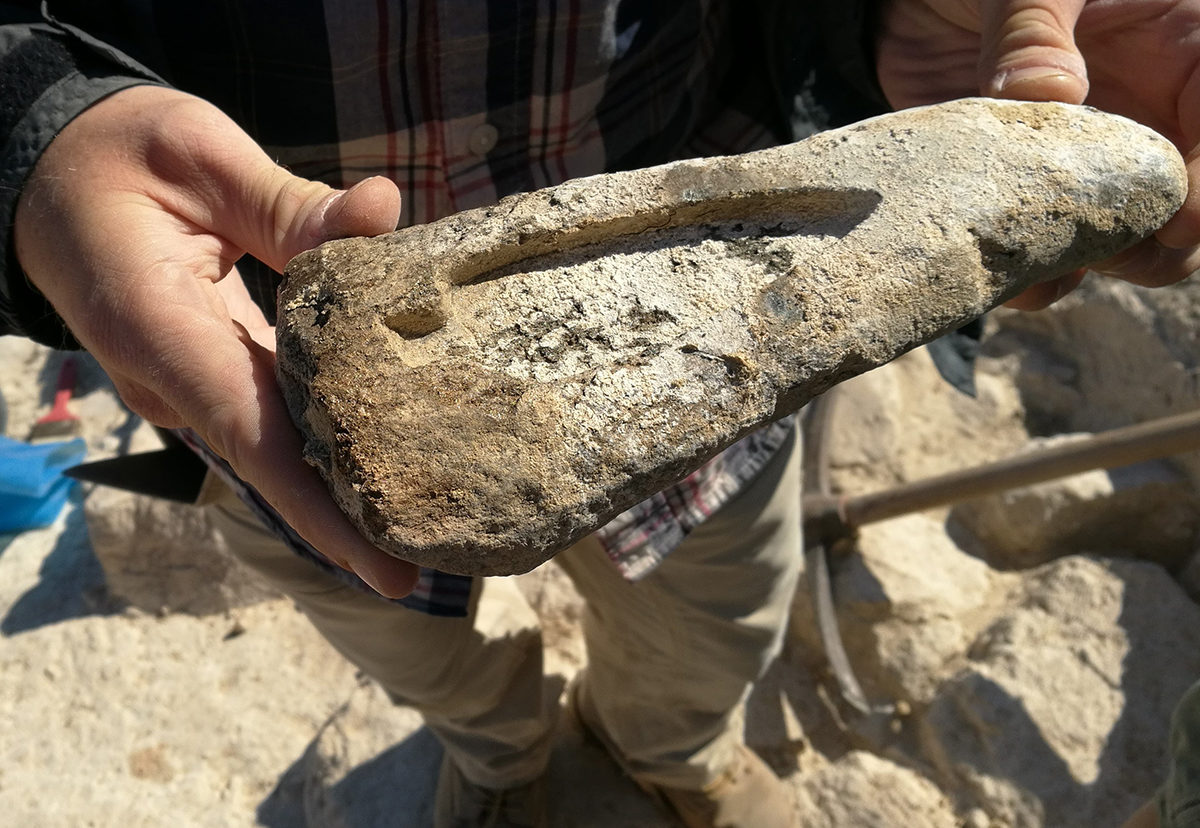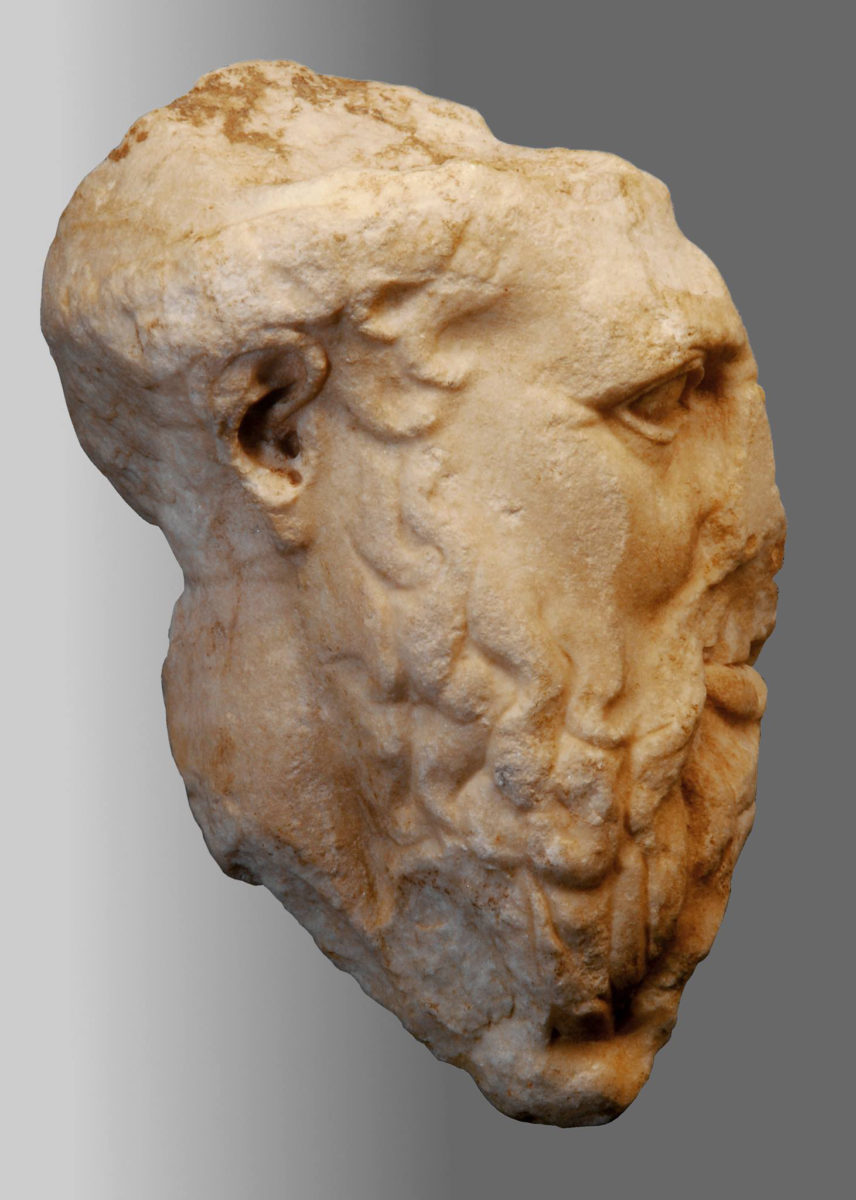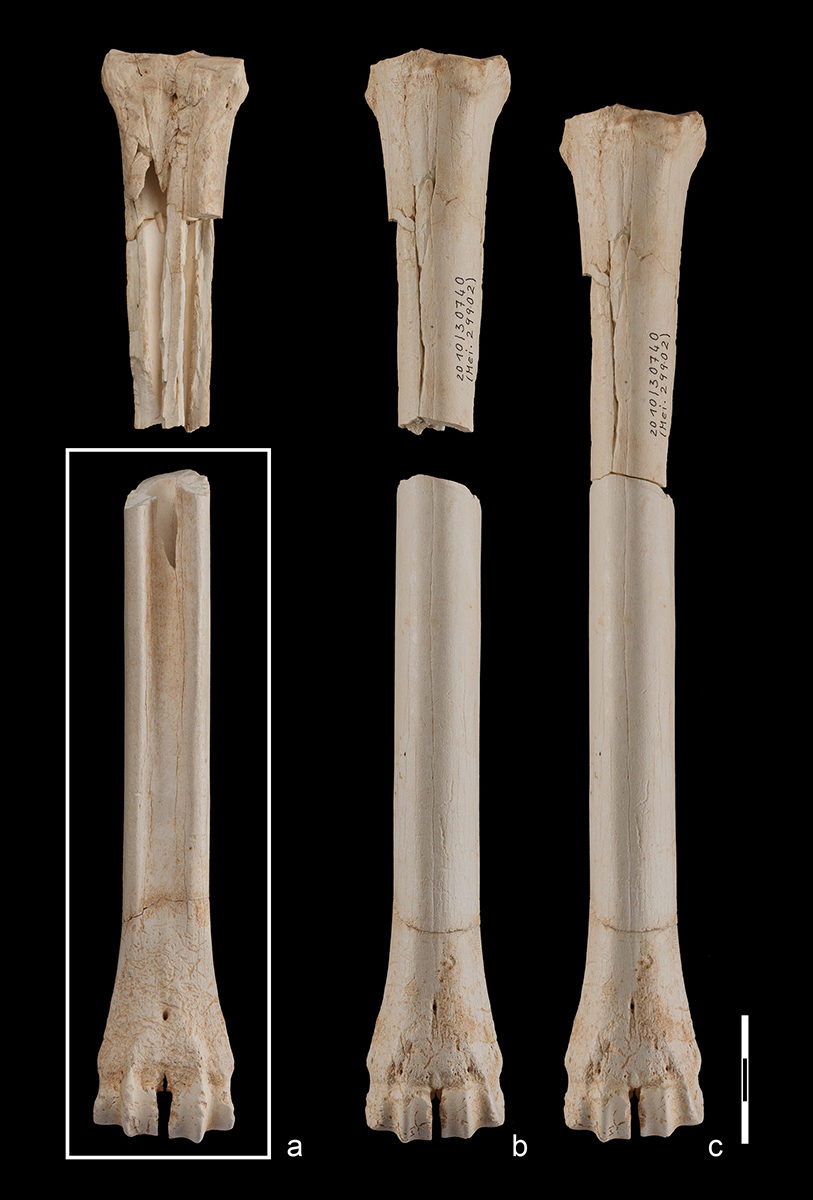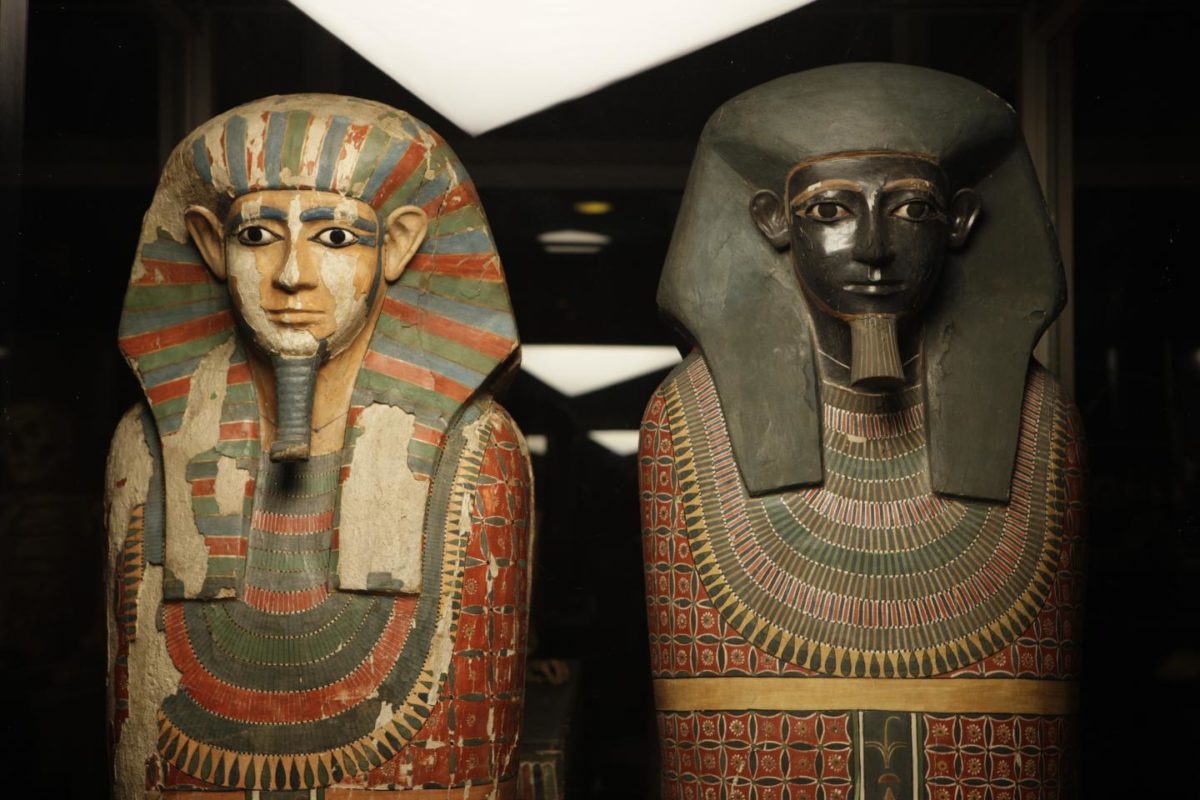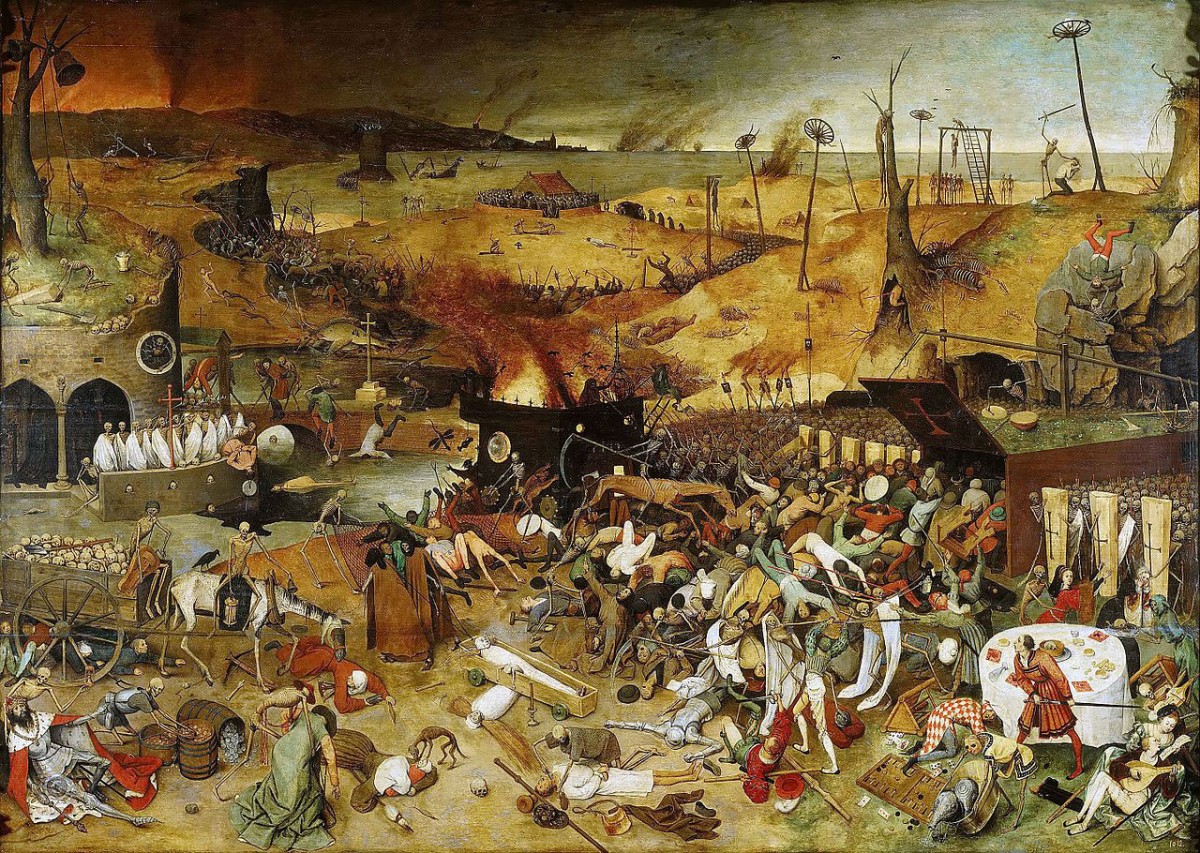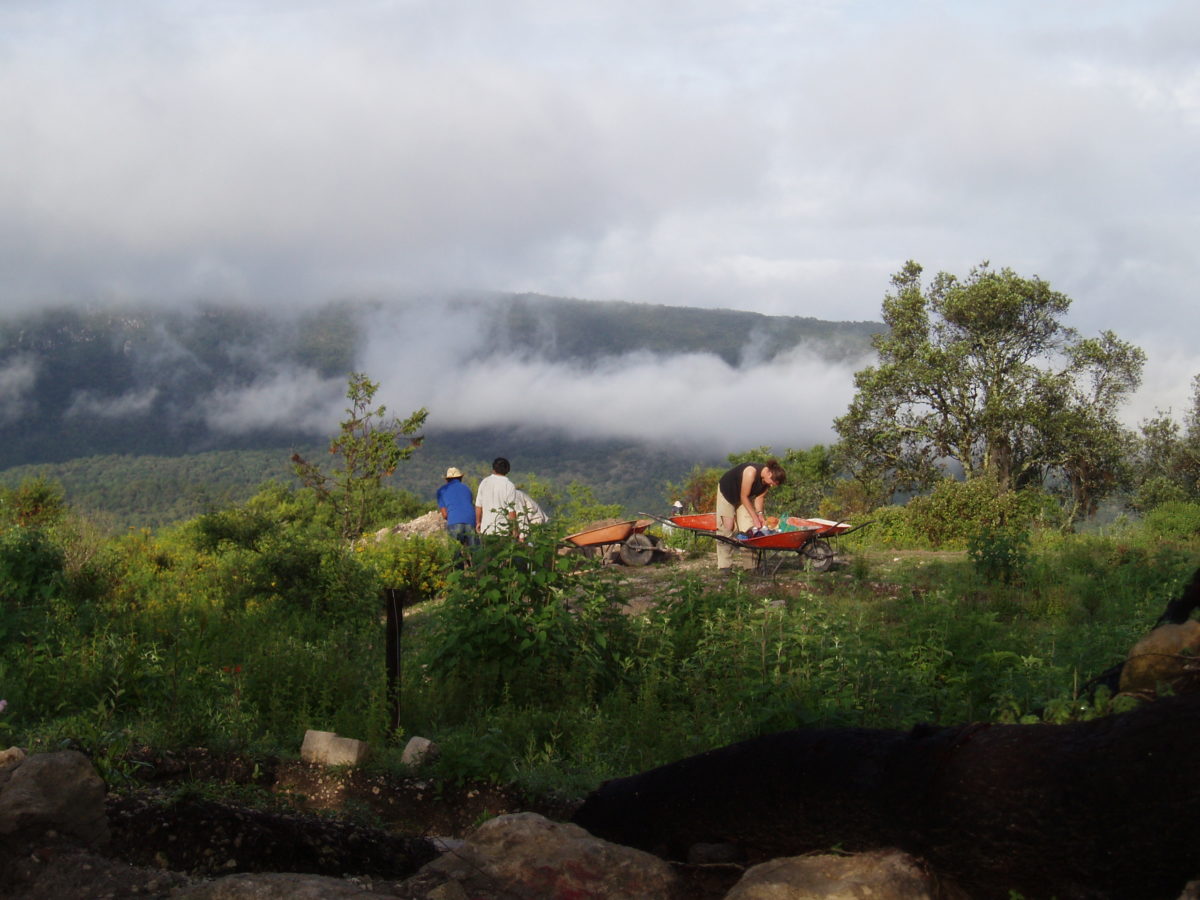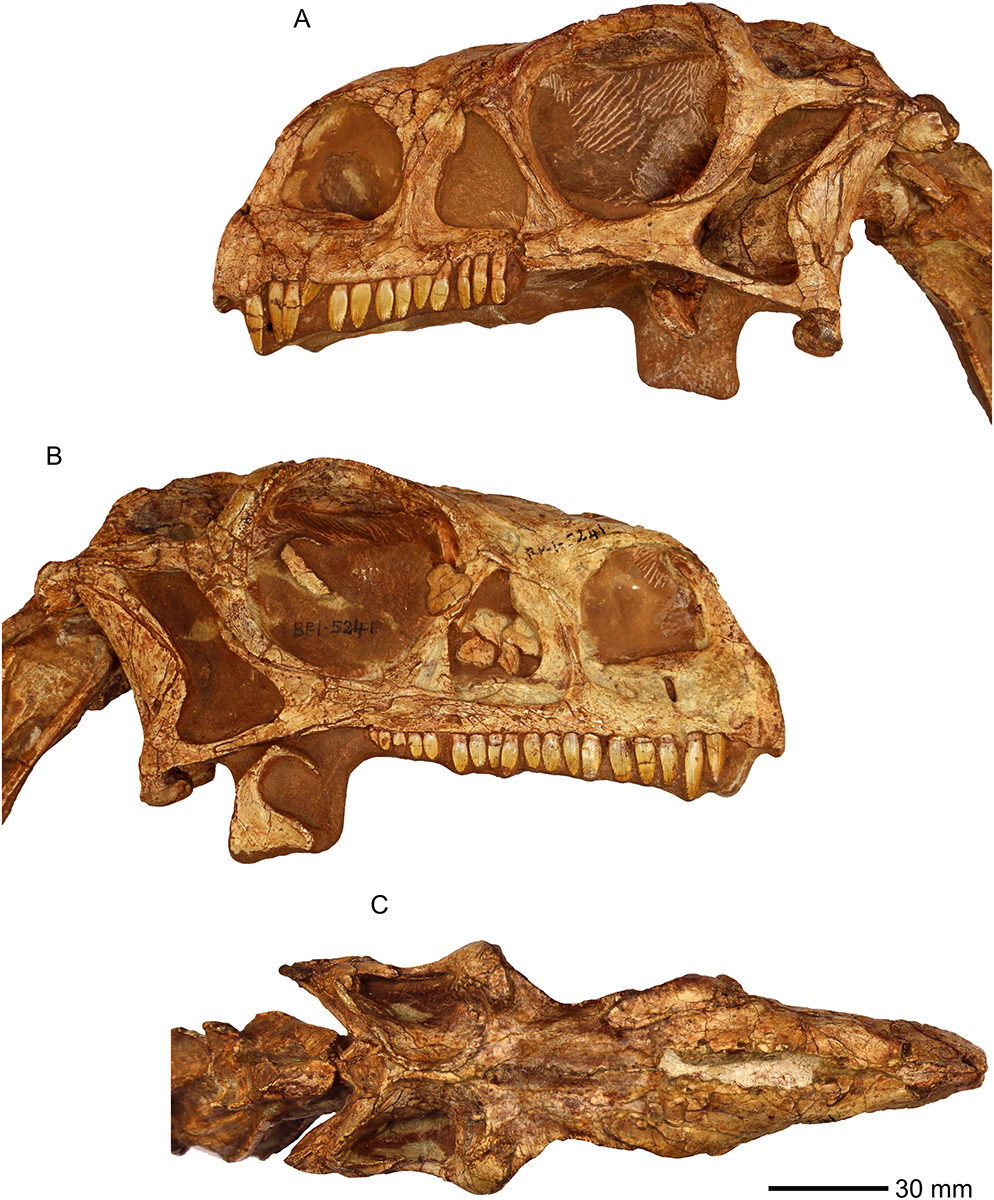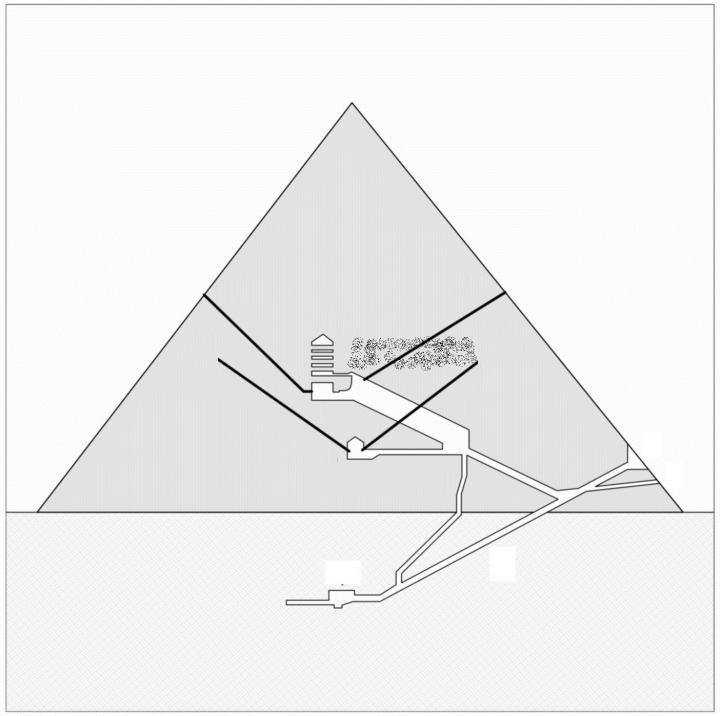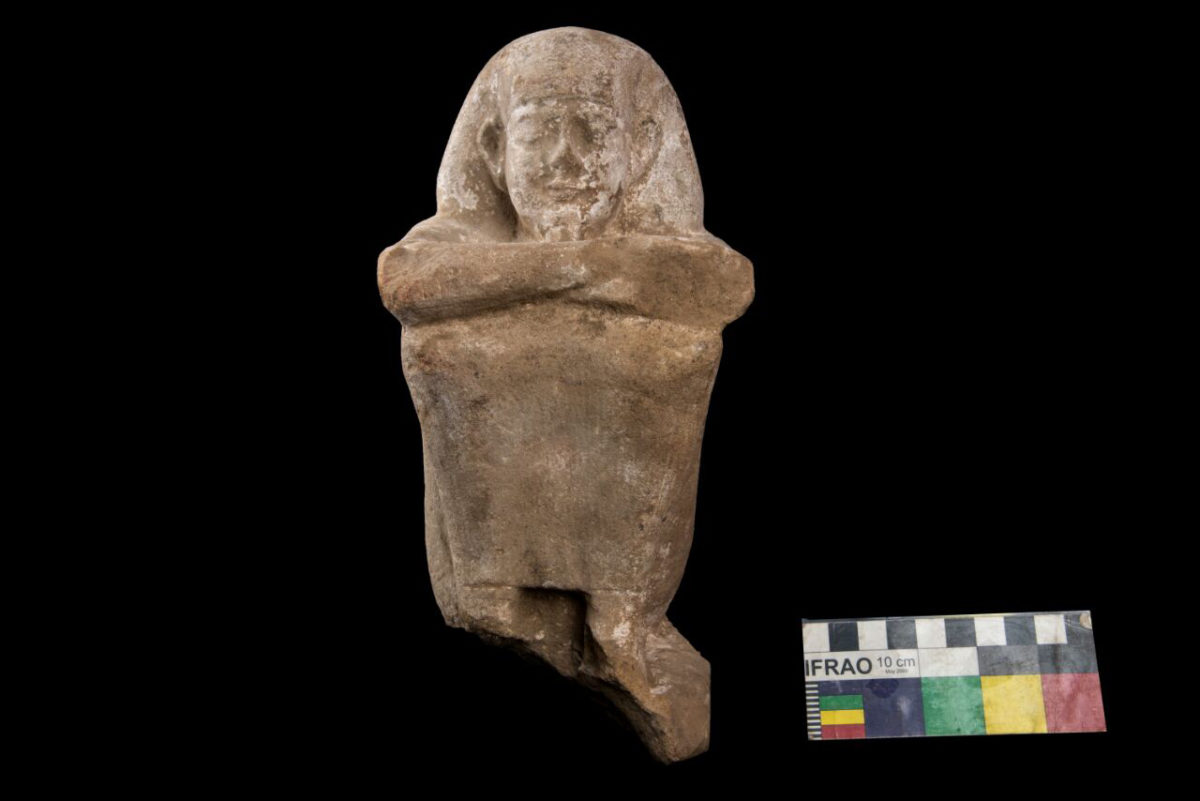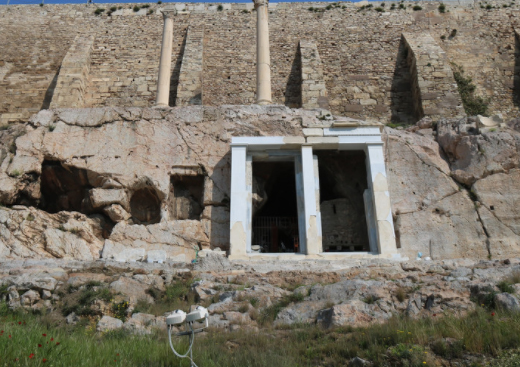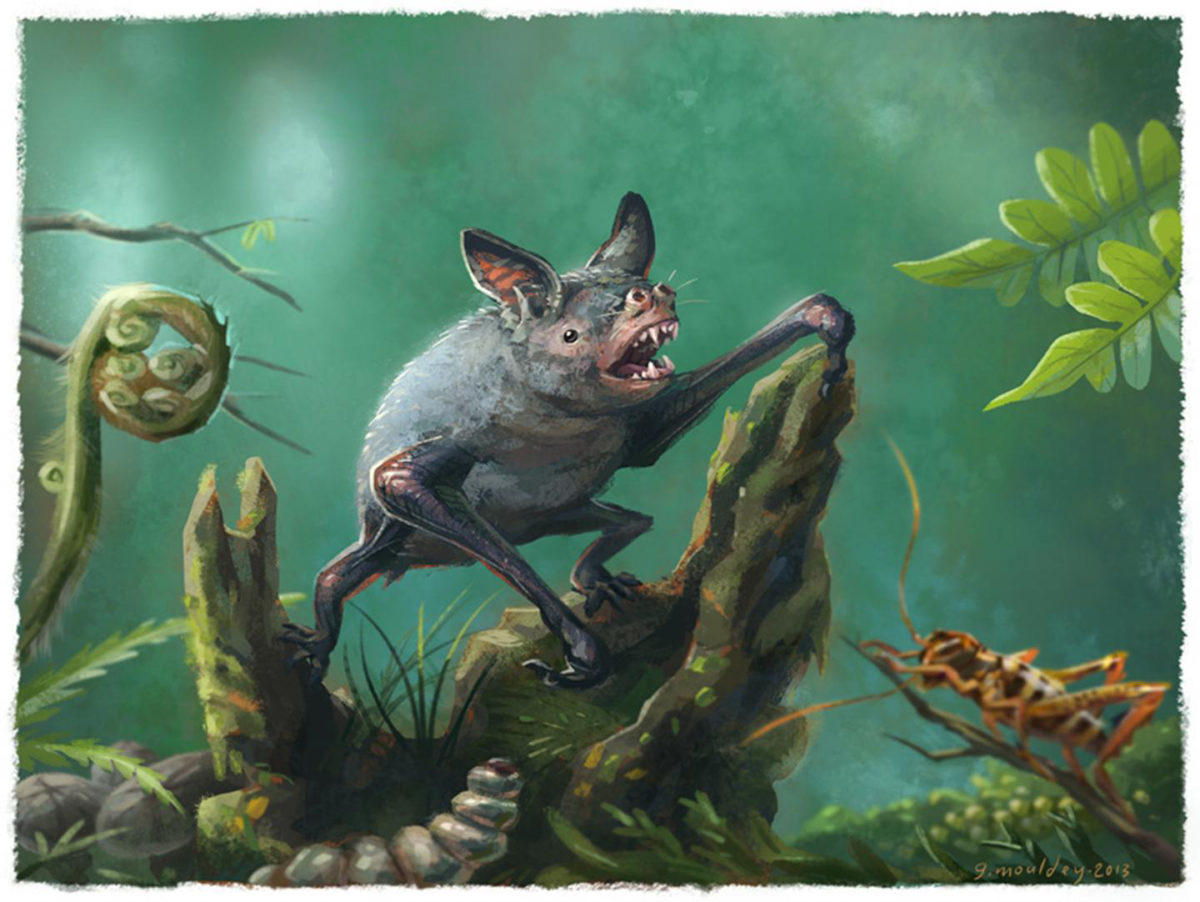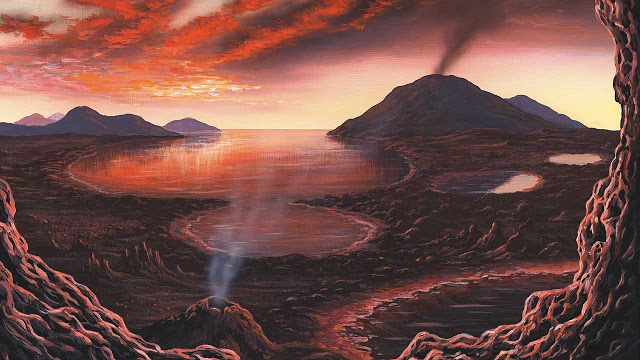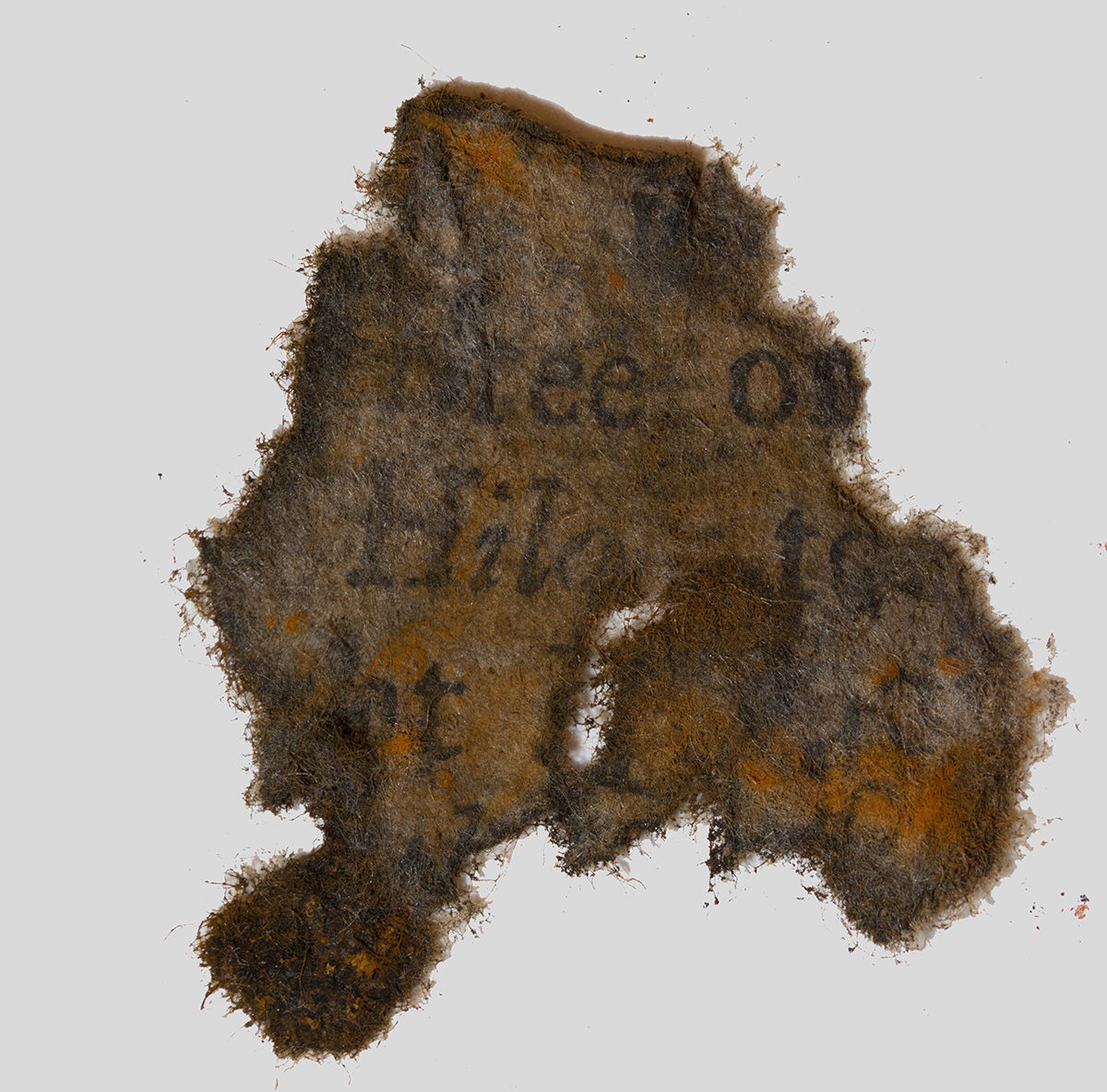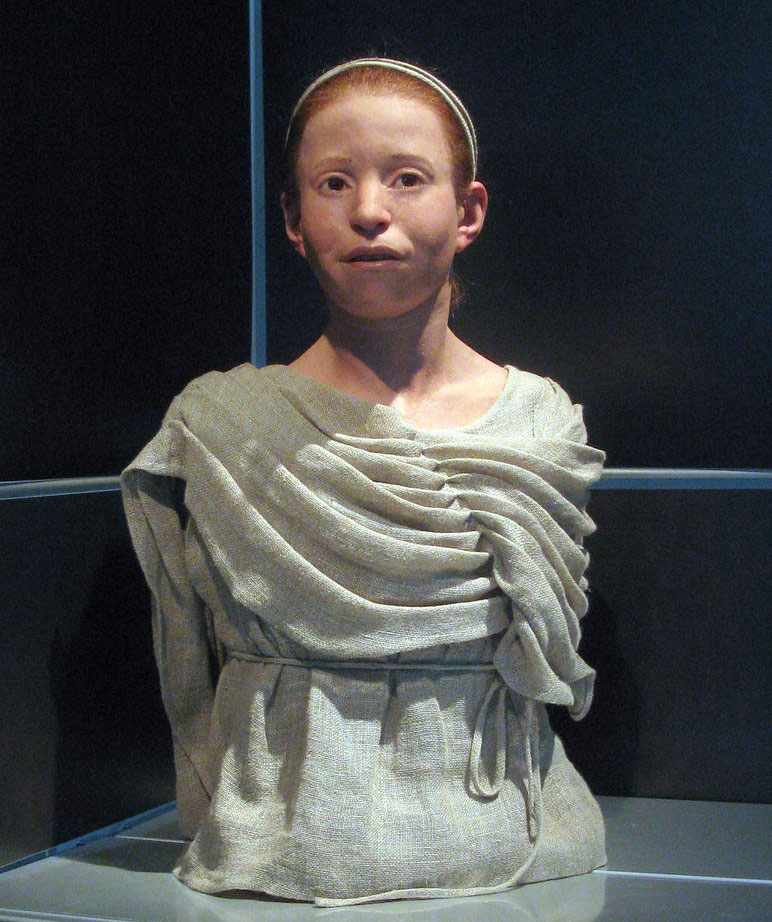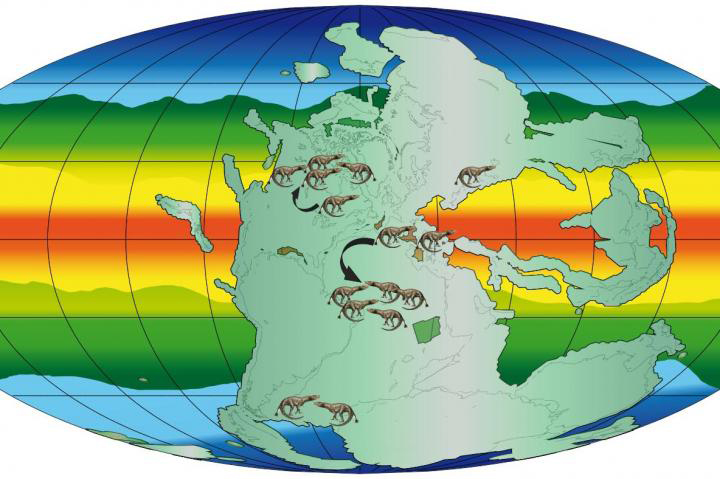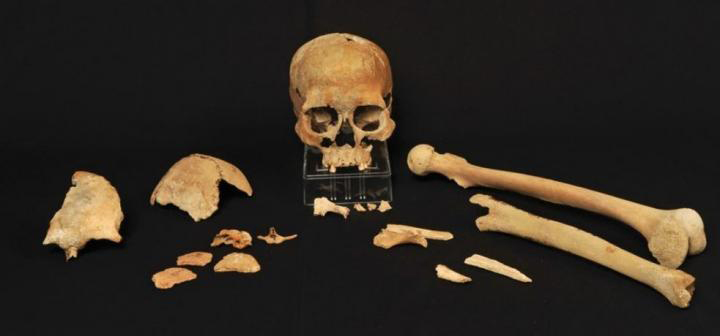Solving the puzzle of humanity’s mastery of fire
Professor John Gowlett talks to the Athens and Macedonian News Agency on the occasion of the lecture he gave in Athens.
Discoveries from dawn of the Cycladic Bronze Age on remote Greek Island
Excavations by the University of Cambridge on the island of Keros, an uninhabited Greek island in the Cyclades southeast of Naxos, has discovered a complex series of monumental structures and technological sophistication previously unknown.
Europe’s lost forests
Using pollen analysis from more than 1,000 sites, scientists showed that more than two thirds of central and northern Europe would once have been covered by trees.
German museum asked to return centaur’s head from Parthenon
An international group advocating the return of Parthenon sculptures asks that the centaur’s head be returned to Greece.
The history of humanity does not require rewriting
Professor Dr. Ralf-Dietrich Kahlke refutes a recent publication regarding the dispersal of humans in Europe.
Ancient DNA results end Egyptian mummy mystery
Using 'next generation' DNA sequencing scientists have found that the famous 'Two Brothers' mummies of the Manchester Museum have different fathers so are, in fact, half-brothers.
Human parasites, not rats spread plague
The pandemic that killed tens of millions likely spread due to human parasites, not rats.
The Iklaina finds lead to a revision of our knowledge on Mycenaean states
Based on what we knew up to now on Mycenaean Greece, such finds are only to be found in the big palaces such as Mycenae, Tiryns, Thebes and Pylos.
Possible cause of early colonial-era Mexican epidemic identified
Salmonella enterica, the bacterium responsible for enteric fever, may be the long-debated cause of the 1545-1550 AD 'cocoliztli' epidemic in Oaxaca, Mexico, that heavily affected the native population.
Leading battlefield archaeologist to confirm crucial Wars of the Roses battle site of first Yorkist King
It was a morning in early February 1461 and a freak of meteorology made it appear that there were three suns in the sky...
Print a 200-million-year-old dinosaur fossil in your own home
CT-scan study of Wits PHD student makes it possible to 3-D print and study the skull of the dinosaur species Massospondylus that roamed South Africa 200 million years ago.
City and Army in the East Roman Balkans (4th to 6th c.)
Lecture by Efthymios Rizos (University of Oxford) about the deployment of the late Roman army in the provinces and its relationship to the settlement network.
A 3,500-year-old suit of armour… at the service of science
The aim of the scientific research programme is to study the strain inflicted by the armour on the human body under a variety of simulated conditions both of combat and climate.
Dragons and cobras dwelled the Axios area during the late Miocene
Among the fossils discovered by paleontologists, it is the cobra and varanid bones that rank higher in importance.
Swiss archaeologist discovers the earliest tomb of a Scythian prince
Deep in a swamp in the Russian republic of Tuva, SNSF-funded archaeologist Gino Caspari has discovered an undisturbed Scythian burial mound.
Cheops’ pyramid: Is there an iron throne in the newly discovered chamber?
Italian Professor of Archaeoastronomy formulated one of the first hypotheses of interpretation for the newly discovered 'huge void' in the famous pyramid.
Νew discoveries in Tell Edfu and Kom Ombo
New evidence for a late 5th Dynasty settlement quarter linked to royal expeditions at Tell Edfu and four artifacts on the western side of the Kom Ombo temple.
The choragic monument of Thrasyllus
From whatever angle you look at it, the choragic monument of Thrasyllus is impressive.
Giant extinct burrowing bat discovered in New Zealand
Teeth and bones of the extinct bat were recovered from 19 to 16-million-year-old sediments near the town of St Bathans in Central Otago on the South Island.
Chemists discover plausible recipe for early life on Earth
Chemists at The Scripps Research Institute (TSRI) have developed a fascinating new theory for how life on Earth may have begun.
Fragments of pirate paper discovered and conserved from Queen Anne’s Revenge
Conservators have discovered and conserved a type of artifact that very rarely survives on shipwreck sites – paper.
Avgi (Dawn) at the dawn of civilization
Having come “face to face” with Myrtis eight years ago, we will now meet Avgi, coming to us from 7000 BC and the dawn of civilization.
Life on land and tropical overheating 250 million years ago
Researchers investigate an important time in the history of life, which marks the end of ancient kinds of animals in the oceans and on land, and the beginning of the modern-style faunas we see today.
Dual migration created genetic ‘melting pot’ of the first Scandinavians
New genomic data suggest that the first human settlers on the Scandinavian peninsula followed two distinct migration routes.
